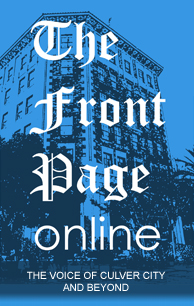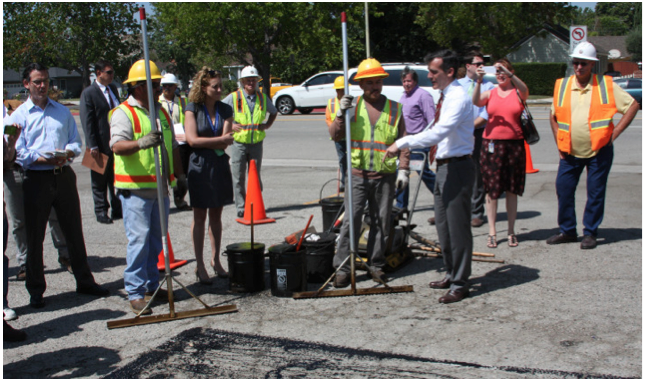L.A. Watchdog — Mayor Garcetti is proposing to close part of the city’s $250 million budget gap for next year by using an estimated $50 million of Local Return money from Measure M, the permanent half-cent increase in our sales tax that was approved by 71 percent of voters in November.
While the bulk of the proceeds of this new tax are to be used to finance Metro’s ambitious capital expenditure program and its money losing operations, 17 percent of the proceeds are designated for Local Return. Under this program, funds are returned to the cities based on their population for the communities’ “eligible transportation related uses.”
These transportation needs include “transit, streets and roads, storm drains, Green Streets, Active Transportation Projects, Complete Streets, public transit access to recreational facilities, Transit Oriented Community Investments, and other unmet transit needs.”
Importantly, these Local Return funds are meant to supplement existing programs and not to free up money for the General Fund and other programs. In other words, they are not to be used for deficit reduction.
In recent interviews and during the campaign to pass Measure M, Mr. Garcetti said that these Measure M Local Return funds were to be used to fix, pave, or repair our streets.
In the upcoming year, the Local Return from Measure M is expected to be about $50 million. Over the next 40 years, the total haul is projected to be in the range of $5 billion based on Metro’s projections.
The infusion of these Local Return funds represents an excellent opportunity to jump start the development and implementation of a comprehensive plan to repair and maintain our 28,000 lane miles of streets, considered to some of the worst in the country, and 900 miles of alleys. A well-conceived long term plan will also go a long way in relieving congestion, the worst in the developed world, per a recent story in The New York Times.
The city’s current street repair program, dubbed the pothole patrol plan, is not working. While City Hall tells us that the status of our streets has improved slightly because Street Services is budgeted to pave or repair 2,400 miles of roads this year, most Angelenos believe, based on experience, especially after the rains, that our streets have continued to deteriorate. Furthermore, the pothole patrol plan neglects the more than one third of our streets that are rated D and F, meaning that they need to be either resurfaced or reconstructed, all at great expense.
If the city combines the resources of the Local Return funds with the current expenditures of the Street Services and Transportation devoted to our roads, it can develop and implement a street repair program that over the next 20 years will make our streets some of the best in the nation.
Now that is Back to Basics. Forget the photo-ops. Keep your promises. Fix L.A.’s streets.
Mr. Humphreville writes LA Watchdog for www.CityWatchla.com He is the president of the DWP Advocacy Committee and is the Budget and DWP representative for the Greater Wilshire Neighborhood Council. He is a Neighborhood Council Budget Advocate. He is affiliated with Recycler Classifieds — www.recycler.com He may be reached at lajack@gmail.com.

